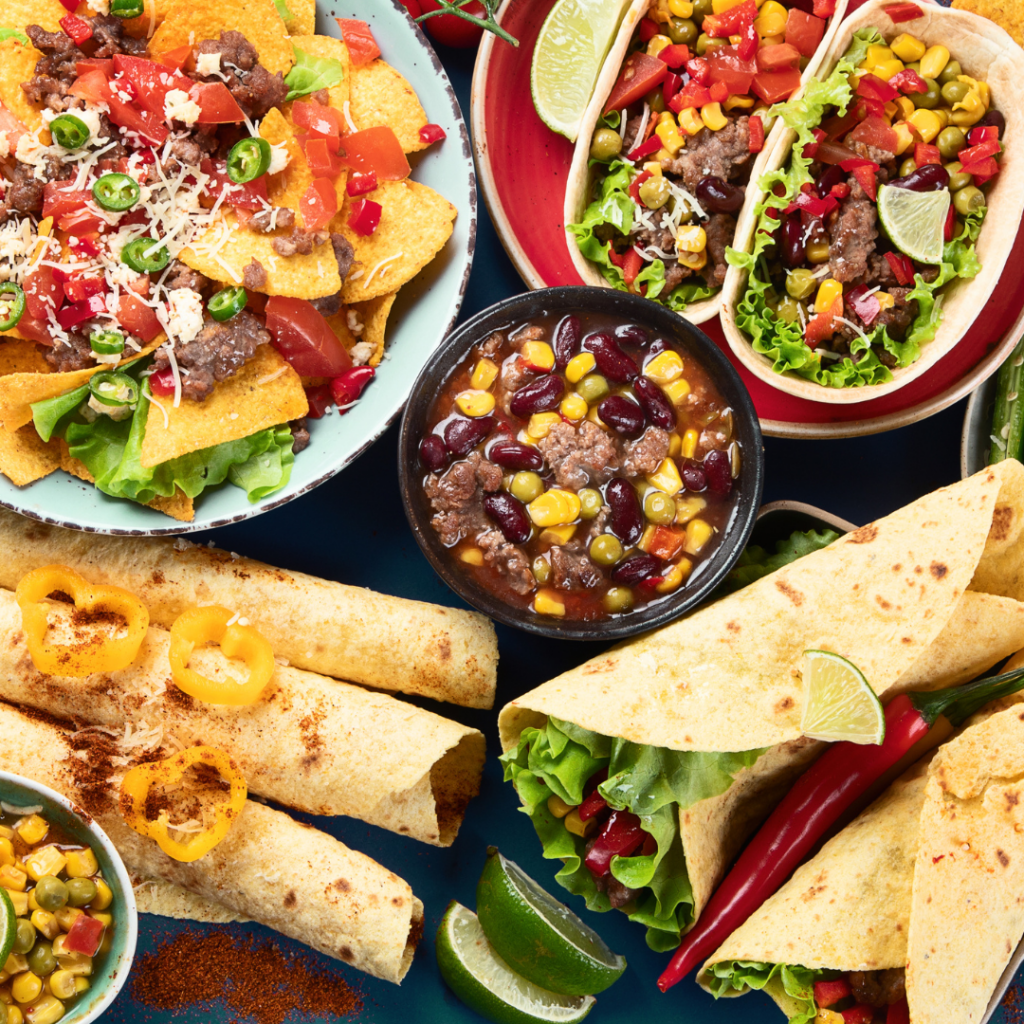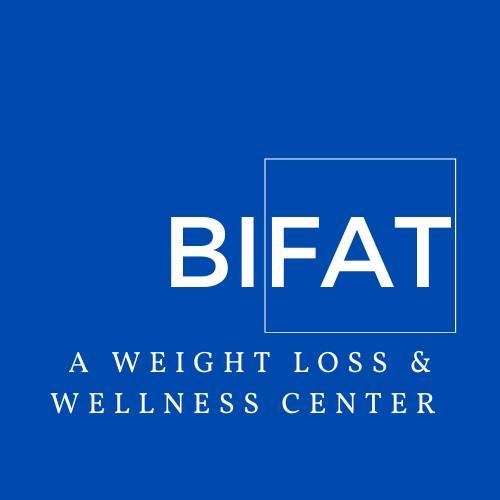If you’ve ever grabbed a bite to eat to help you feel better or reached for a snack when there isn’t much to do, you’ve experienced emotional eating.
Emotional eating is something that everyone experiences at some point in their lives — to deal with their feelings or to reward themselves.
Unfortunately, emotional eating doesn’t fix emotional problems. For example, you might grab a pint of ice cream when you’re stressed at work, eat a pizza if you’re bored, or reach for a box of cookies if you’re lonely. Afterward, not only does your emotional issue remain, but you may also feel guilty for eating poorly.
At BIFAT Clinic, we want to help you focus on the basics. We’ll cover what emotional eating is, how to recognize it, and how to deal with it so you can optimize your health.
What is emotional eating?
Emotional eating is eating in response to emotions instead of satisfying physical hunger. Some people prefer particular foods when they become emotional, but people who emotionally eat can sometimes eat larger portions than they would like to.

What causes emotional eating?
Several studies have shown that the link between emotions and eating starts early in life. When we’re babies, we are given food (e.g., breastmilk, formula, and cereal) as a source of comfort.
As adults, we are faced with many emotions. And there are many ways we cope with our emotions, food being one of them.
When we eat, dopamine is released. Dopamine is a chemical the brain releases that causes you to feel good. So it’s no surprise why food is powerfully reinforcing and even addicting for some people.
Common causes of emotional eating include:
•Stress (e.g., financial worries, work stress, health problems)
•Boredom
•Depression and anxiety
•Lonliness
•Celebrations or happiness
•Lack of sleep
•Stress
•Frequent dieting
•Relationship struggles
What is the difference between emotional hunger and physical hunger?
It can be difficult to tell the difference between emotional and physical hunger. At times, they can feel the same. Especially if you use food to deal with your feelings.
- Emotional hunger comes on quickly, and physical hunger develops slowly.
- Emotional hunger craves specific comfort foods. You feel like you need pizza. On the other hand, when you’re physically hungry, almost any food sounds good (e.g., vegetables, fish, cheese).
- Emotional hunger occurs in response to your emotions (e.g., stress, boredom, loneliness). Before you know it, you’ve eaten an entire pint of ice cream while watching your favorite television show. When you’re eating because you have physical hunger, you’re typically more aware of what you’re eating and doing while you eat.
- With emotional hunger, even if you’re full, you keep wanting more food, often making you feel uncomfortable afterward. With physical hunger, you feel satisfied when your stomach is full.
- Emotional hunger is felt as a craving you can’t get out of your head. You’re focused on specific textures and tastes. With physical hunger, you may feel a growl or pang in your stomach.
- Emotional hunger often leads to feelings of guilt and shame, while physical hunger doesn’t.

How to cope with emotional eating
It’s important to recognize your triggers and ask yourself why you’re emotionally eating. Before eating, ask yourself if your body is hungry or craving food to cope with negative emotions.
And before you eat, you can also practice mindful eating. This involves slowing down and being present while eating food, paying attention to things like texture and flavor, and checking in with yourself to see your hunger and fullness levels.
Several ideas for healthy coping with emotional eating include:
•Exercising
•Meditating
•Reading
•Going for a walk
•Listening to music
•Immersing yourself in a non-food-related hobby
Remember to be kind to yourself. Emotional eating happens to all of us. But if you can learn how to listen to your body, understand the difference between emotional eating and physical hunger, and learn to become mindful, you can develop a healthier relationship with food.


Leave a Reply